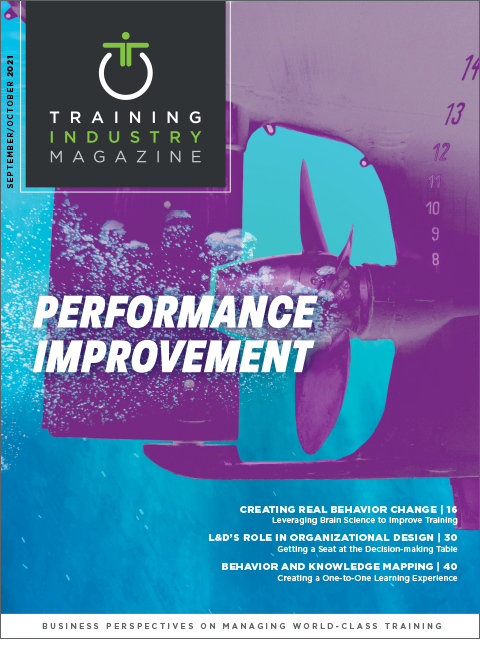
Published in Sept/Oct 2021
Companies don’t become great by accident. It takes creative, committed and skillful people to do exceptional work that results in exceptional customer experiences. This level of performance may come naturally to the highly engaged and motivated employee, but not necessarily for those who feel ostracized or lack access to the resources they need to be productive. So it is no wonder why companies who don’t invest in diversity, equity and inclusion training experience periodic performance challenges.
Over the last 18 months, organizational leaders across most industries have been challenged with keeping employees safe while improving inclusivity. These leaders are relying heavily on individual and team performance to handle day-to-day operations. As a result, stakeholders are going back to the drawing board to strategize new ways to achieve business goals, manage talent and set new performance expectations. The best way to do this is to redefine what success looks like at the individual, team and organizational levels.
Individual Performance
As basic as this sounds, individual performance begins with a job description. A “one-size-fits-all” approach will only sabotage any possibilities of a successful onboarding. It is imperative to be intentional about your processes from start to finish. Modern employees are looking to examine the heart of the organization even before considering applying.
If the employment ad does not present a welcoming culture, the odds of attracting a diverse pool of qualified talent increases dramatically. The same goes for the job description. If the responsibilities seem notably different for individuals from marginalized populations or if the task that these employees are expected to perform don’t position them to add value to the company in any way, the recruitment stakeholders (i.e., human resources and hiring managers, etc.) could possibly be setting the employee up for failure. That failure might resemble untimely resignation, disengagement or some level of toxicity. When performance expectations are designed with individual diversity, equity and inclusion in mind, leaders are less likely to have employees with performance issues.
Team Performance
Even with the highest level of collective organizational goals, it takes great team effort to accomplish them. Bruce Tuckman — who identified the four stages of team development — described how team formation will eventually lead to a storming or conflicting stage, before the team aligns on performance norms. If this is the case for teams in general, how much more might the team experience — or even prolong — the storming stage when certain members don’t feel welcomed, valued or supported. They will be less likely to see conflict as a healthy way to initiate creativity, but rather disengage and ultimately perform the bare minimum. The challenge is to find ways to even the playing field for every member of the team regardless of their background.
Organizational Performance
There’s tons of research that describes an organization’s potential to be successful when diversity, equity and inclusion are woven into the fabric of the organizational culture. Yet, there still seems to be a disconnect with obtaining genuine buy-in from some organizational leaders. The reality is that we may never come to a complete consensus. Despite these challenges, there are some practical things that organizations can do to improve performance at the individual, team and organizational levels. Whether it’s stepping back to ensure larger goals are clearly communicated, job descriptions are more aligned to these larger goals or simply managing team expectations, performance improvement starts with a willingness to do the work.
